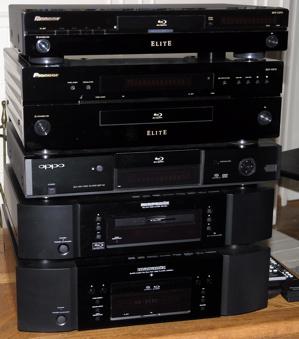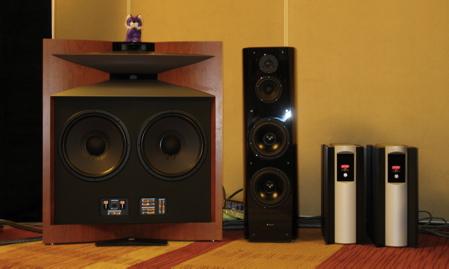A/V Veteran
Sort By: Post Date TitlePublish Date
|
May 26, 2010 |
First Published: May 27, 2010
|
Oct 14, 2009
 Come December 25, Santa will be slipping new Blu-ray players and discs under many a Christmas tree. But will those Blu-ray discs actually look better to you?
Come December 25, Santa will be slipping new Blu-ray players and discs under many a Christmas tree. But will those Blu-ray discs actually look better to you?
















